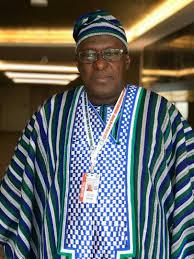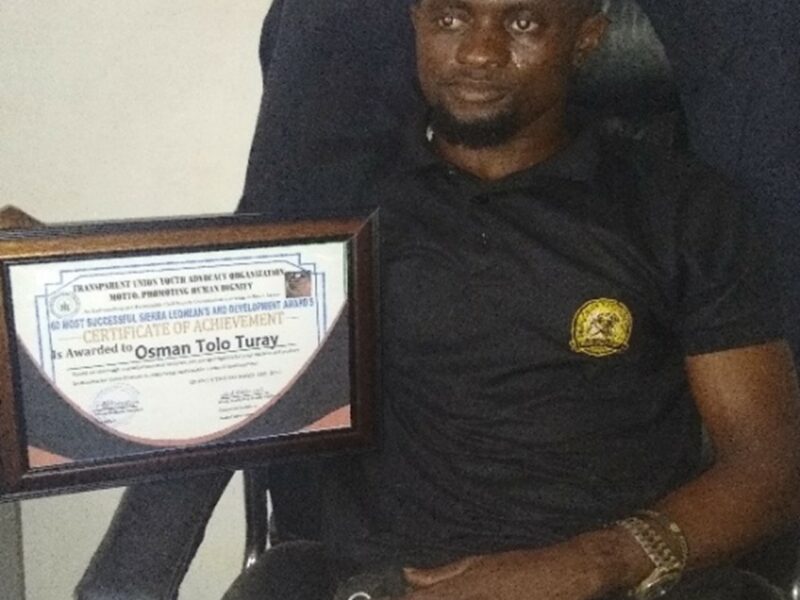NDTC of Jamaica celebrate Golden Jubilee at Brooklyn College
Jamaica’s National Dance Theatre Company’s (NDTC) performance Saturday at Brooklyn Center for the Performing Arts in commemoration of its Golden Jubilee anniversary was “irie” (Jamaican patois for excellent vibes) and overly awesome. (Photo: Choreographer and ballet mistress Kerry-Ann Henry)
Brooklyn Center’s Walt Whitman 2,300 seat auditorium was jam packed to maximum capacity as Caribbean cultural and modern dance enthusiasts – mostly Jamaicans came to render their support to the NDTC for an enduring and successful fifty years of its existence.
The approximately 50 – member cast and crew of the NDTC troupe has performed every other year for the past two decades at the Brooklyn Center for the Performing Arts at Brooklyn College.
The Company performed two programs of dance and music on Saturday, March 24 at 8pm and Sunday, March 25 at 3pm celebrating Caribbean arts and culture.
Saturday’s performance was really swell as the dancers utilized movement patterns and authentic Jamaican dance-forms while they artfully mixed folk and modern music, oral storytelling and right down-to-earth West Indies traditions in befitting colorful costumes.
The second half of Saturday’s program consisted of three pieces: Urban Fissure, premiered in 2004, choreography by Chris Walker, performed to Bob Marley’s “No More Trouble” featuring Eryka Badu and “Rastaman Chant” featuring Busta Rhymes; Phases of the Moon, premiered in 1992, choreography by Clive Thompson, music by Hector Villa-Lobos and Charles Ives and Gerrehbenta, premiered in 1983, choreography by Rex Nettleford, performed to traditional music arranged by Marjorie Whylie, with the NDTC.
Choreographer and ballet mistress Kerry-Ann Henry’s solo on the piece Phases of the Moon arguably earned the most hearty and persistent rounds of applause. Henry’s proclivity for dancing and the flexibility of her body flourished as she gracefully moved, jumped and rolled within the piece
Nonetheless, my favorite is the piece Gerrehbenta featuring four drummers, about 10 singers and numerous male and female dancers. Gerrehbenta takes its name from two of the major traditional rites practised in Jamaica. It resembles a masquerade festivities in Freetown, Sierra Leone especially the final section movements where male and female dancers surrounded the “Tallawah Horsehead” doing erotic and intense moves known in Jamaica as the Dinki Mini dance.
During an interview I conducted via phone with three members of the company including artistic director Barry Moncrieff together with Dance Captain Marlon Simms and Ballet Mistress Kerry Ann Henry for Reggae Kaleidoscope which aired on WRSU, 88.7 FM at Rutgers University in New Brunswick, New Jersey, Moncrieff implied that the company has survived on a vision of dancing on its own feet, capturing the rhythms, body language and aesthetics of a people who have lived for over three centuries under British rule and a total of 400 years under slavery and the plantation system.
Responding to whether NDTC incorporates African dance themes in some of their repertoires, Moncrieff said “there is some element of it you’ll see in some of the pieces but it’s not wholly and solely African material.
“We have a piece like ‘The Crossing’ in which we tell the story of black Americans and the slaves coming from Africa to the New World set to the music from Quincy Jones’s score for ‘Roots,” Moncrieff added.
Moncrieff also said that the company is a volunteer organization, all of the cast and crew members have day jobs and “their collective efforts are a labor of love.”
The NDTC was co-founded in 1962 by Rex Nettleford and Eddy Thomas. The birth of the NDTC as Jamaica gained independence from Britain heralded the exploration of the nation’s unique cultural identity through dance, theatre and music.
By Dennis Kabatto
Stay with Sierra Express Media, for your trusted place in news!
© 2012, https:. All rights reserved.







